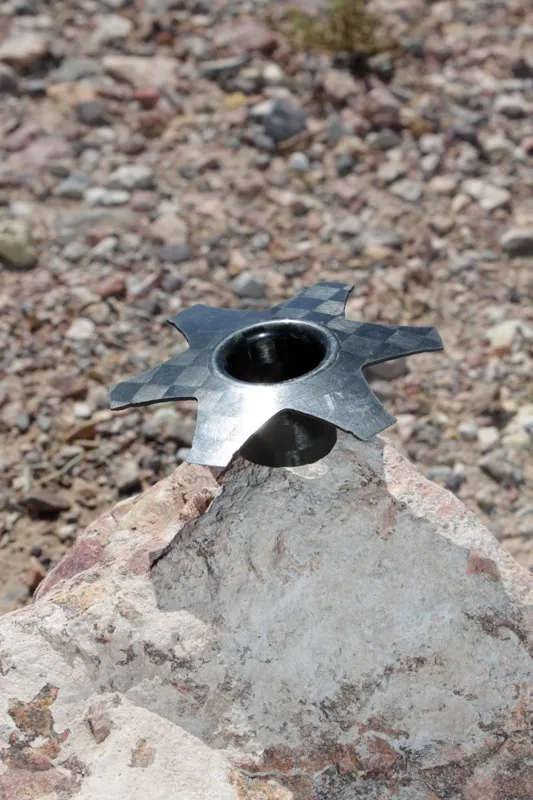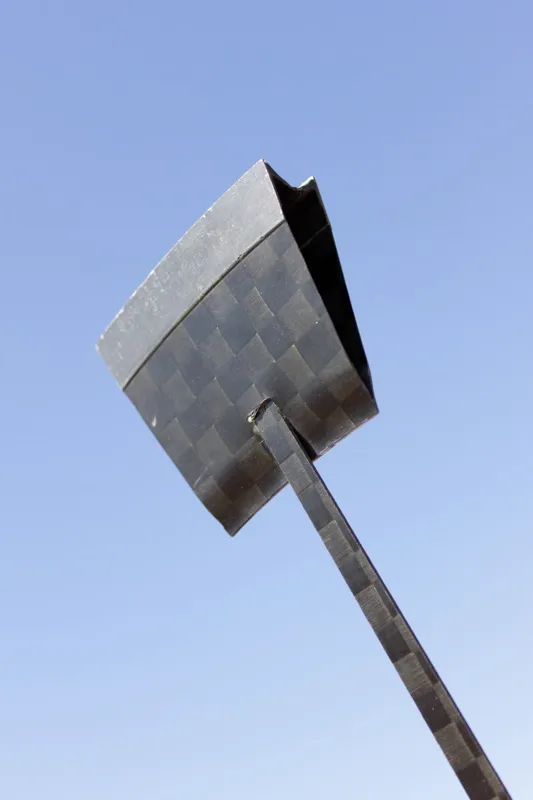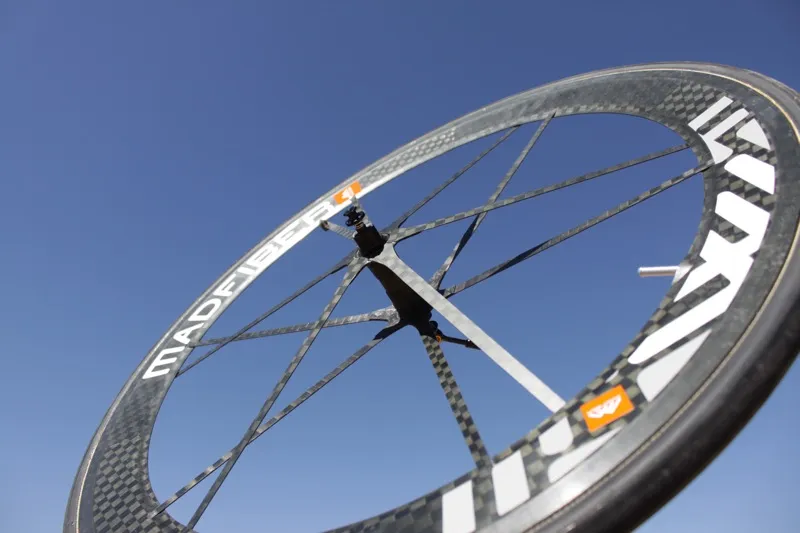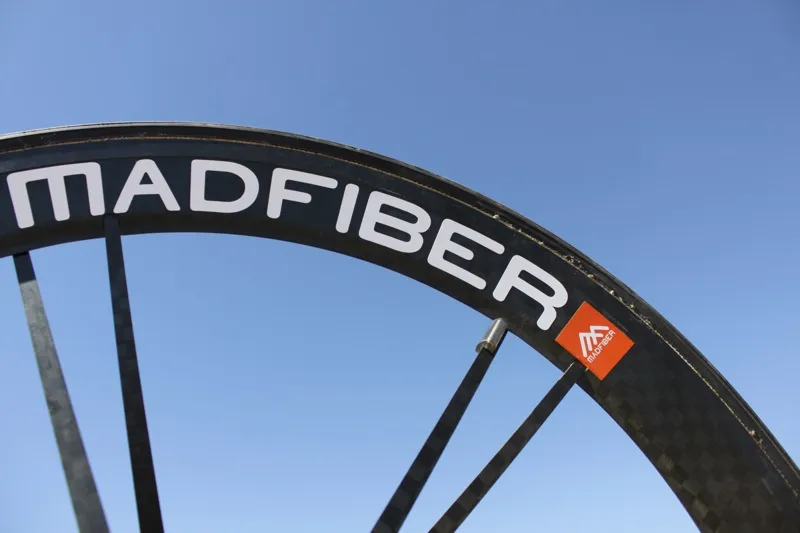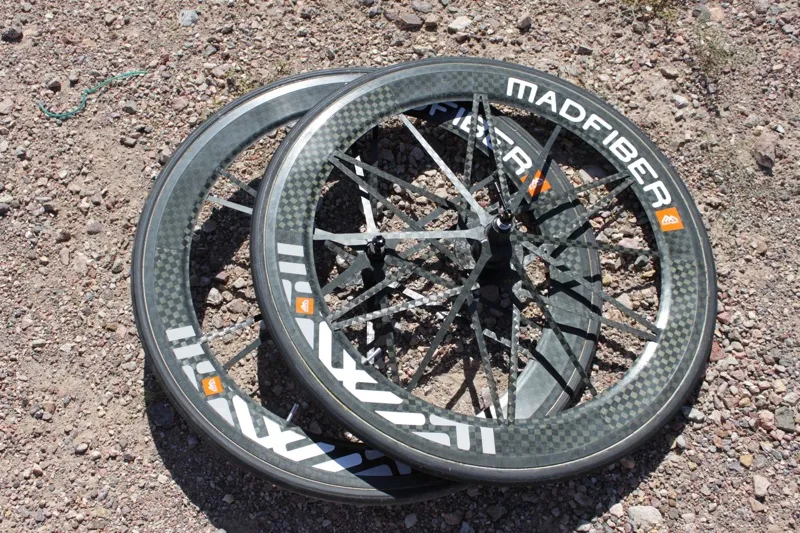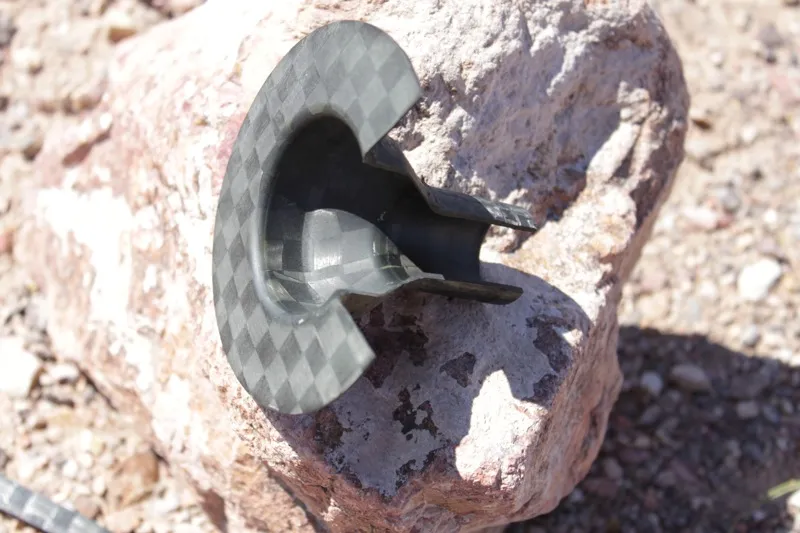Ric Hjertberg is a wheel fanatyk. He believes in the wire-spoked wheel; he cuts and threads his own spokes; he imports wooden rims from Italy and rides them. However, his latest project, Mad Fiber, is the polar opposite of eveything he's been associated with since he left FSA, where he worked as marketing manager.
Mad Fiber make one of the most impressive new all-carbon super-wheels to hit the market. They burst onto the scene at the Tour of California in May and then, without any marketing or having any sort of production to speak of, went viral on the internet. Demand quickly overturned official launch plans.
“We’ve had to go to market,” said Hjertberg. “If you log onto Weight Weenies or those other sites, you'll find long threads by these [unsolicited] evangelists.”

Hjertberg can't get the wheels out to customers fast enough
So without any sort of marketing push, Hjertberg and his Boeing engineer partner Max Kismarton are desperately trying to keep up with demand and get wheels out of the door. “He he just solves problems in carbon,” said Hjertberg describing Kismarton. “He has five bikes but he’s not a bike tech guy at all. “
Why is the demand so high? The proof is in the product. It’s a 1,080g road wheelset (60mm front, 66mm rear rims) that can max out the company’s static crush test, and thus carries no rider weight limit, but comes with a four-year warranty and, at US$2,600, is relatively cheap compared to the competition (who are asking upwards of $6,000).
The spokes (12 front, 18 rear) are made from five plies of carbon and bonded to the hub flanges and rim walls. The outer layer of the spoke is wrapped in 12k fibre to keep it from splintering due to normal wear and tear.
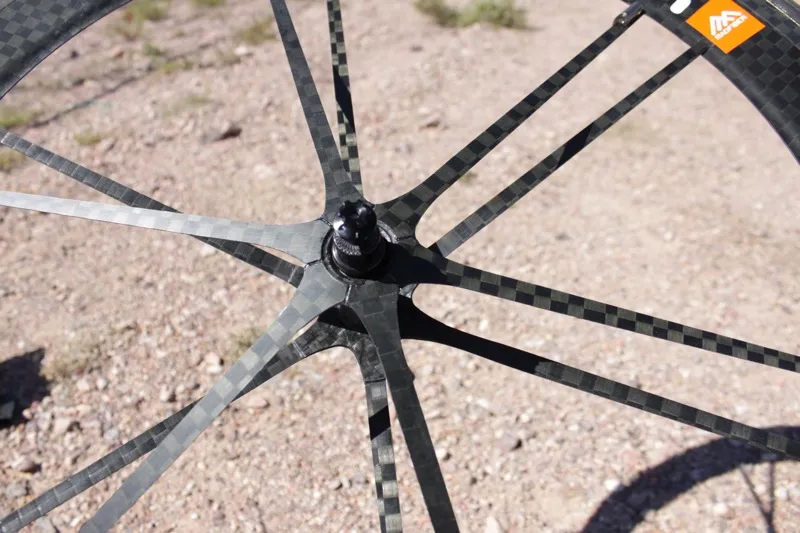
A look at the hub spoke bond of the Mad Fiber front wheel
“The idea behind the wheels is fibre orientation,” said Hjertberg. “So the key is how well orientated your fibres are to the forces you want to manage and how many fibres are just along for the ride, not contributing. This [wheel] is an exercise in fibre orientation and I think its advantage over other wheels is gigantic.” Hjertberg believes the only way to outdo this wheel is to weave a similar structure from a continuous fibre.
The key to the wheel is how the different carbon pieces work together. Hjertberg says the rim’s deep section acts more like a spoke than a rim, in terms of how it carries loads to the outer section of rim. The carbon hub flanges also spread the load, instead of focussing it like a traditional wire spoke and drilled flange.
The film adhesive that’s used to hold the spokes to rim and hub is the same that's used to bond primary structures in aircraft, according to Hjertberg. The adhesive's shear strength is in the neighbourhood of 3,000psi.
“In order to never see fatigue in an adhesive in such a structure you need to stay below one-eighth of the capacity, so that defines your bonding area,” said Hjertberg. “Those are things Max knows, because he has to make structures like this that are next to vibrating engines.”
The carbon for the wheels is precisely water jet cut and moulded using simple shapes and structures – not hollow, and generally two-dimensional – and high pressure. Traditional bladder moulding is done with pressures of 30-60psi; Mad Fiber use high pressure in the order of thousands of pounds.
The moulded pieces are then bonded together to form the final product. “Bonding isn’t a big part of most of what’s around here [industry carbon manufacturing],” said Hjertberg. “But it’s a big part of us.”
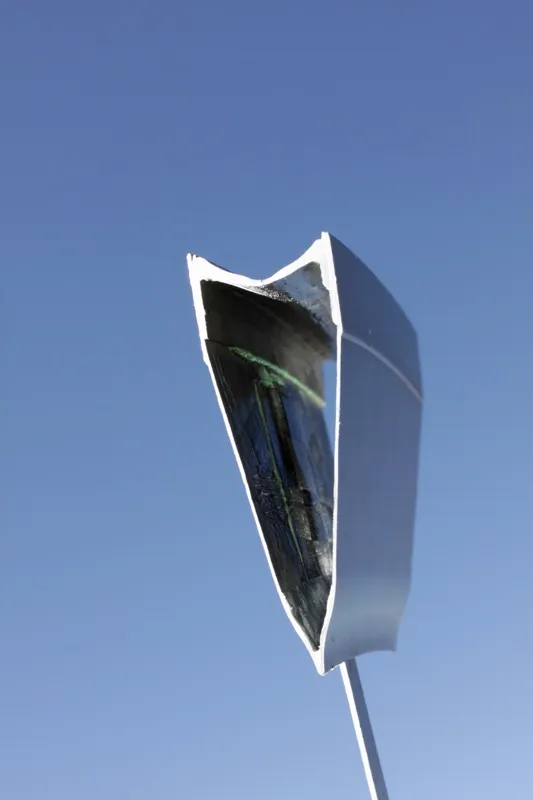
Just look at how thin the rim walls are!
All of this moulding and bonding knowledge needs to be used and applied to assemble a wheel that's as true and round as a traditional wire wheel that's micromanaged by spoke tension to within plus or minus 1mm – in a single shot. “I've never admired a wire wheel like I do now,” said Hjertberg. “I thought it was ingenious before I did this. Now after doing it, more than ever.”
The wheels are said to have a 700lb vertical load capacity, maxing out Mad Fiber’s testing equipment. At 300lb the tyre is almost flat and the bottom spokes are loose. At 500lb the tyre will burst, so you need to instead put the wheel on a neoprene pad, and at 700lb the rim takes it all. All this despite the fact that the front wheel weighs less than 1lb. This is the test that gives Mad Fiber the confidence to offer the four-year warranty and no weight limit.
Riding the wheels is the true test though, according to Hjertberg. He claims a soft comfortable ride, paired to the wheel's inability to deflect sideways. We're aiming to find out for ourselves soon – look out for a review this autumn on BikeRadar.
Mad Fiber use White Industries hub internals for both the front and rear wheels. They offer both Shimano 8/9/10-speed and Campagnolo body options. The package is finished with custom titanium skewers, carbon-specific pads, valve stem extenders, spoke magnet and locally sewn cotton wheel bags.

The White Industries rear hub internals

